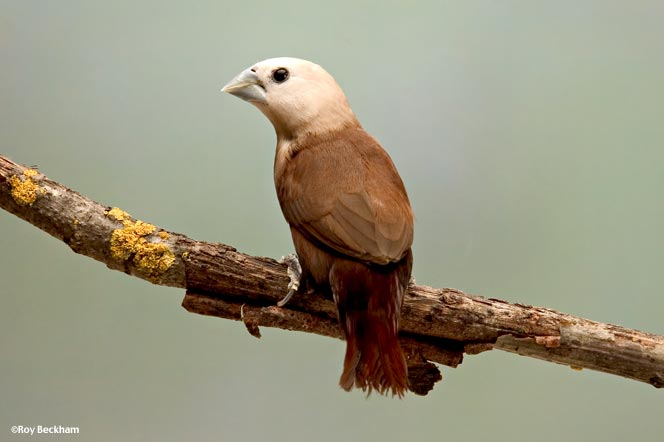




 |
|
|||||||||||||||||||||
 |
|
|
|
|
|
|
|
|
|
|||||||||||||
|
|
|
|
|
|
||||||||||||||||||
|
|
|
|
|
|
|
|
|
|
||||||||||||||
|
|
|
|
|
|
||||||||||||||||||
|
|
|
|
|
|
|
|
|
|
||||||||||||||
|
|
|
|
|
|
||||||||||||||||||
|
|
|
|
|
|
|
 |
|
|||||||||||||||
 |
 |
|
||||||||||||||||||||
|
|
|
|
||||||||||||||||||||
|
|
|
|
|
|
|
|
|
|
|
|
|
|
|
|
|
|
|
|
|
|
|
|
| White-headed Munia - Lonchura maja | ||||
 |
||||
| White-headed Munia | ||||
|
Common Names Description Diet Breeder's Notes Breeding success with the White-headed munia has been sporadic with most breeders and like so many of the imported mannikins, they are readily available for a reasonable price so people do not attempt to work with them. It has been suggested that the White-headed munia forms its strong pair bonds while the birds are still in juvenile plumage. If given the opportunity to purchase a group of juveniles from an importer or breeder, this may be your best chance of obtaining a pair that will produce. Second choice would be to have a small colony of adults in a flight and allow them to choose their own mates. With mannikins, I prefer to offer them a half-open nest box and plenty of appropriate nesting material for them to construct their nest. I provide coco fiber and long slender grasses if available along with chicken feathers. Coarse grasses and hay are usually ignored and if placed in the box are usually removed in favor of the other materials. In the wild, seeding grass heads may be the trigger for breeding, so the aviculturist may do well to provide sprouted seeds and greens to entice them to breed. Insects are not considered a large part of the diet of the wild White-headed munia so you will probably not see them eating mealworms or other livefood before or during the nesting cycle. If you can get them to eat an egg food, this will certainly be beneficial to any nestlings and the additional proteins in that food may act as the same trigger as the higher protein levels in the seeding grass. The clutch consists of 3-7 eggs and incubation lasts for 13 days. The chicks will fledge in 21 days and are independent in an additional 14-21 days. The young, like many mannikins, are a dusky brown color and are indistinguishable from the young of Black-headed and Tri-color munias. Additional Notes If you are attempting to breed the White-headed munia, it should not be housed with other closely related mannikins, including the Black-Headed, Tri-color or Society Finch. They will readily hybridize with these other species. |

